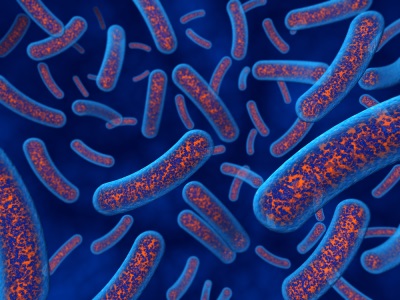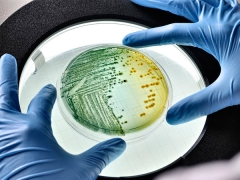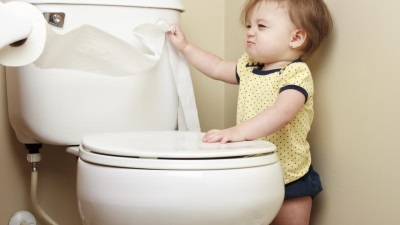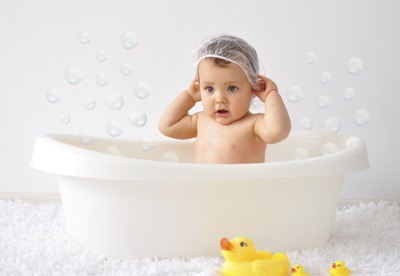Analysis of feces for dysbiosis in children
Using analysis on dysbacteriosis determine the state of the intestinal microflora in a child. Why can a doctor appoint such a study and what should parents know about it?
Indications
This analysis is prescribed for:
- Long and repeated diarrhea or constipation in nursing babies, as well as their alternation.
- Diseases of the digestive system - duodenitis, pancreatitis, gastritis and others.
- Allergic diseases.
- Intestinal infections.
- Pains and bloating in the stomach.
- Antibiotic therapy.
- Intolerance to certain foods.
Such a study is especially important for infants who are at increased risk of developing bowel disease. He is also advised to make children who often get sick, for example, with frequent colds.
Kinds
- Coprological examination of feces. He is prescribed the very first in cases of suspected intestinal problems. The analysis will show how food is digested in the intestines and will reveal the inflammatory process.
- Biochemical analysis of feces. Helps to reveal fermentopathy.
- Express seeding feces. This is a quick method of research, during which the normal microflora is determined as a percentage.
- Sowing feces for dysbiosis. This study allows us to estimate the concentration and number of bacteria representing normal microflora, as well as opportunistic pathogenic flora. The feces of the child are sown on a nutrient medium. Within a few days, colonies of bacteria grow, which are examined under a microscope and counted. The form indicates the number of microorganisms per gram of feces, indicating the number of bacteria forming colonies (CFU). If pathogenic flora is detected, the sensitivity / resistance to antibiotics is additionally determined.

Where can I get tested?
Tests for dysbacteriosis can be taken both in public clinics and in private laboratories. At the same time, parents should remember that public medical institutions have their own working hours and they do not conduct research on weekends.
Do I need special training?
If the analysis is assigned to a nursing baby, which began to lure, then three days before the study, the introduction of new products is excluded. Also, within a few days before the delivery of feces, you should stop giving the baby any medication, including activated charcoal and colic preparations.
To do an enema, use rectal suppositories and give the child laxatives before testing for dysbiosis is also impossible.
How to collect feces?
A sample of feces should be collected from a child who has already urinated so that urine does not get into the container for analysis. Also, before collecting the material, the child must be flushed.
For the study will need about 10 ml of feces baby, which is placed in a sterile container. It is best to take particles of feces from different parts of the child’s feces. If there are any impurities in the feces, they are also necessarily placed in a container with feces for analysis.
How much and where can you store feces?
Fecal masses are usually collected in the morning and taken for analysis within 1-3 hours after a stool. If there is no opportunity to bring fresh morning feces right away, the container with the sample for analysis can be stored in the refrigerator for up to 6 hours.Storing feces at room temperature will distort the results of the study.
Norm values
Indicator | Norm for a child (in CFU) |
Bifidobacteria | Not less than 109 |
Lactobacillus | 106 to 107 |
Enterococci | 105 to 107 |
E. coli (typical) | 107 to 108 |
E. coli lactose-negative | Less than 10% |
E. coli hemolytic | Missing |
Bacteroids | 107 to 108 |
Peptostreptokokki | 103 to 105 |
Saprophytic Staphylococcus | To 104 |
Clostridia | Up to 103 |
Candida Fungi | Up to 103 |
Germs protei | Up to 102 |
Pathogenic enterobacteria | Absent |
Pathogenic Staphylococcus | Absent |
Total cocci | Not more than 25% |
Klebsiella, citrobacter and other opportunistic pathogens | To 104 |
Pseudomonas and Acintobacter | Up to 103 |
Decryption
Most of all in the sample of feces of a healthy child should be bifidobacteria. Normally, they make up about 95% of all microflora. It is these bacteria that carry out all the basic functions of the intestinal microbial flora — aid in the absorption of minerals and vitamins, the synthesis of vitamins, the stimulation of intestinal motility, the neutralization of toxins, and others.
Equally important are lactobacilli, which also ensure the functioning of the intestine, produce lactase and protect the child from allergens. They are in a healthy intestine contains about 6% of all microorganisms. Normal microflora also consists of Escherichia coli (Escherichia), which help remove oxygen and resist pathogenic flora.
Such representatives of the intestinal flora, like bacteroids, appear in the feces of babies older than 6 months. These bacteria contribute to the breakdown of fats. Petostreptococci and enterococci are also normally found in healthy large intestines of babies.
Normally, no pathogenic enterobacteria are detected in the baby’s feces, such as salmonella or shigella, for example. Their identification does not indicate dysbacteriosis, but serious bowel disease. Also in the feces of the child should be missing Staphylococcus aureus and hemolytic escherichia.

Causes of deviations
- If the number of bifidobacteria and lactobacilli is reduced, and the rates of conditionally pathogenic flora are increased, these are signs of dysbacteriosis. Also, this pattern is characteristic of intestinal infections and enzyme abnormalities.
- The composition of the intestinal microbial flora is also affected by malnutrition of the child. Excess fat intake will change the rate of bacteroids, and an excess of carbohydrate foods will affect the number of peptostreptokok and enterococci.
- A decrease in the number of typical Escherichia coli is often the case with helminthic invasions. Non-pathogenic Escherichia also becomes less with feeding disorders of the child, intestinal infections and antibiotic therapy.
- The increase in the number of E. coli, which have reduced activity, indicates the initial stage of dysbiosis.
- An increase in the number of candida fungi is characteristic of candidiasis.









